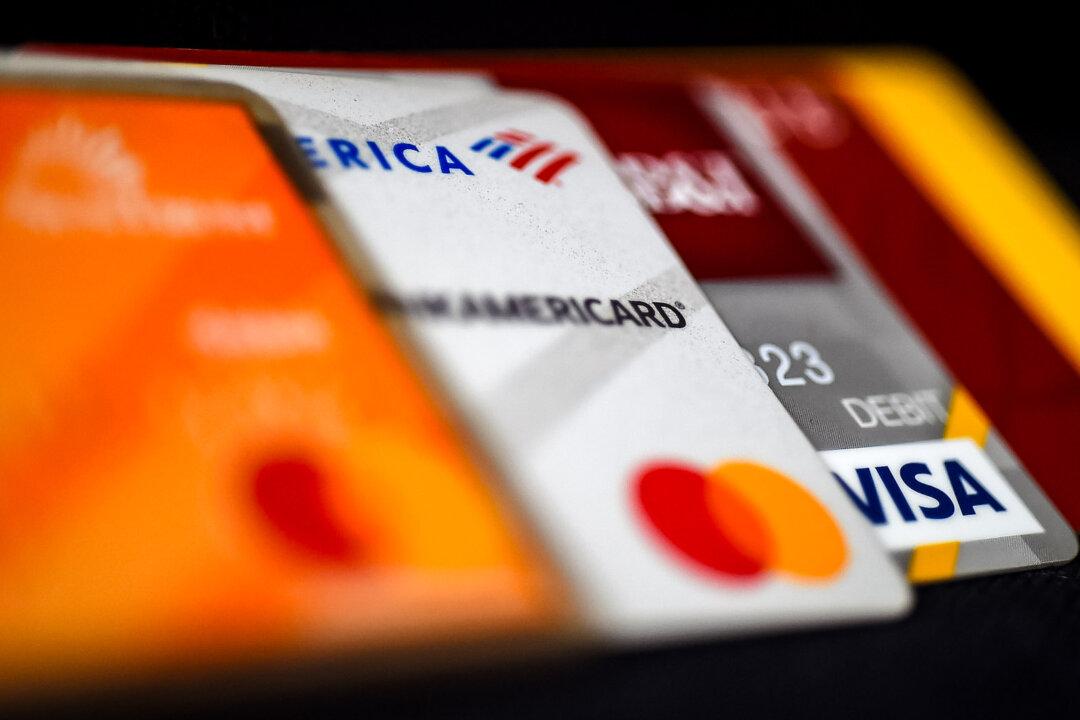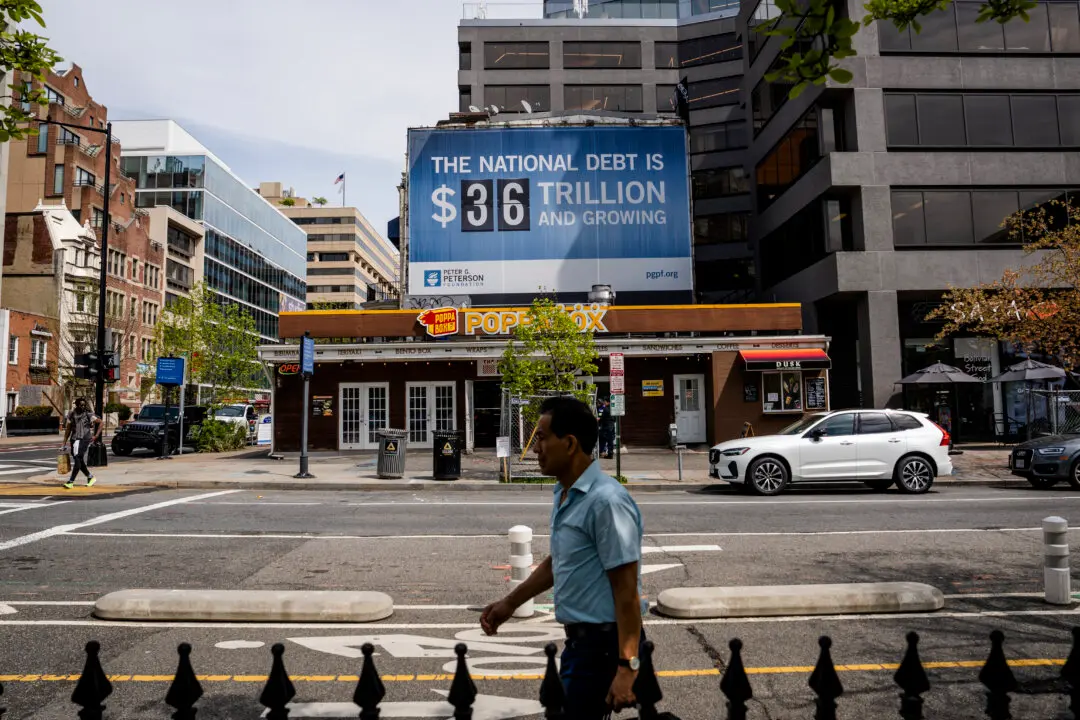The personal saving rate has been on a downward trend since hitting an all-time high during the pandemic, fueled by higher consumer prices, real wage growth’s falling behind the cost of living, and rocketing borrowing costs.
In November, the personal saving rate—a percentage of disposable personal income—was 4.1 percent. It has been below 5 percent since June 2023.





